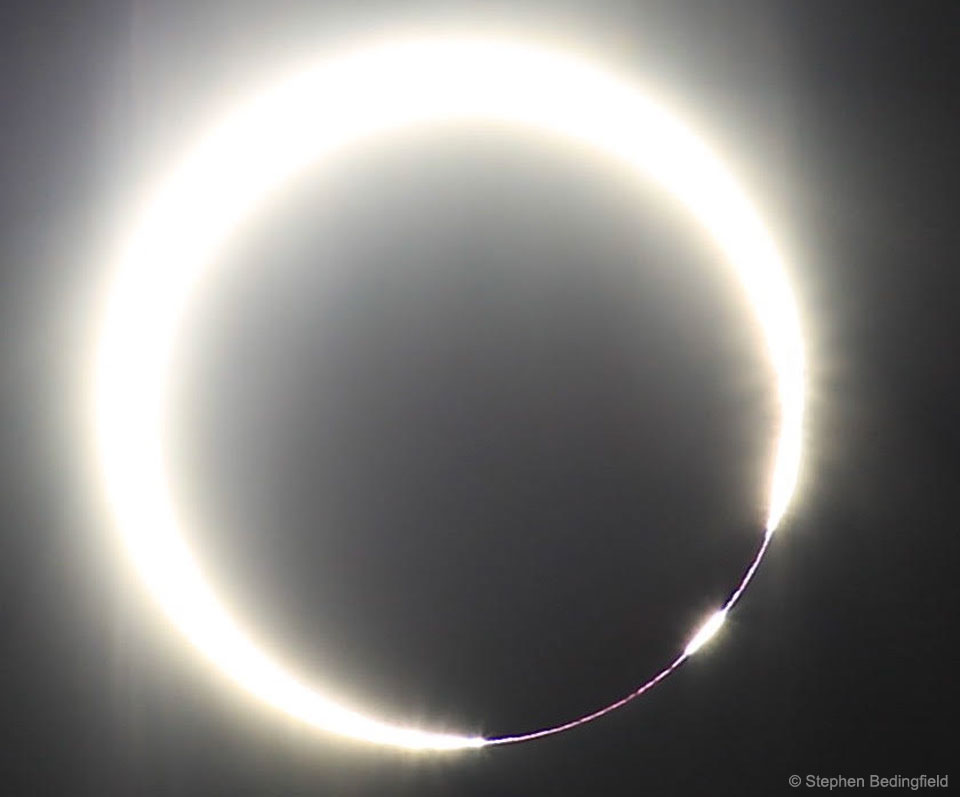Scientists have made the most detailed observation yet of a black hole outflow, from the active galaxy IRAS 13224-3809. The outflow's temperature changed on time scales of less than an hour -- hundreds of times faster than ever seen before. The rapid fluctuations in the outflow's temperature also indicated that the outflow was responding to X-ray emissions from the accretion disk, a dense zone of gas and other materials that surrounds the black hole.
via Science Daily
Zazzle Space Exploration market place
